Home>Gardening & Outdoor>Landscaping Ideas>How To Fatten Cattle On Grass
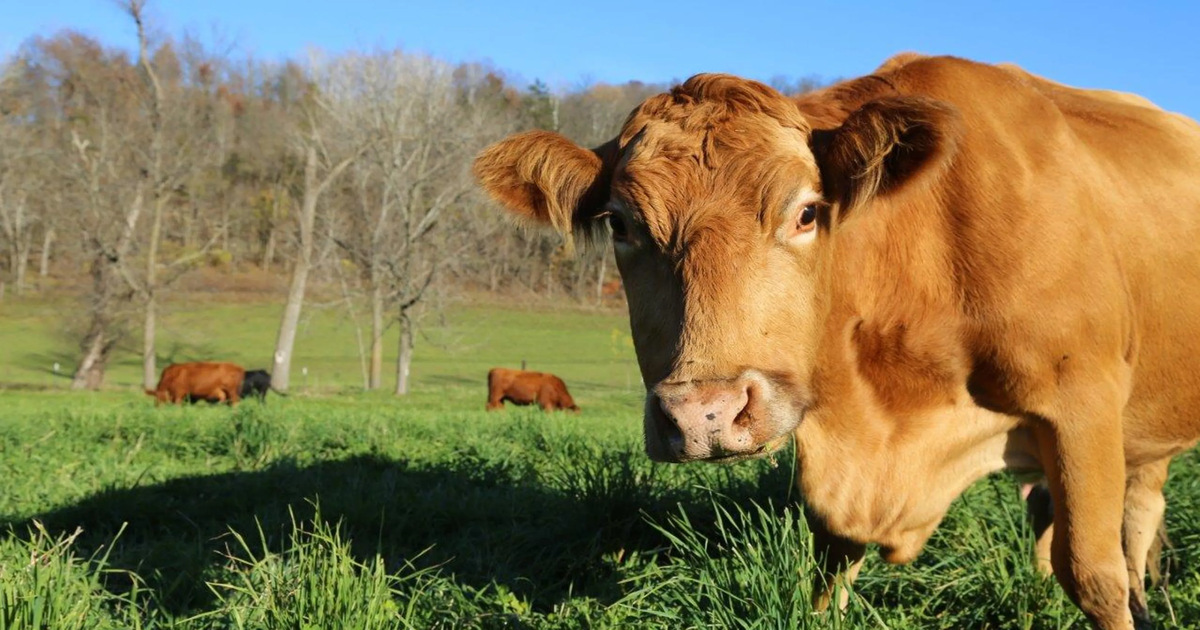

Landscaping Ideas
How To Fatten Cattle On Grass
Modified: February 18, 2024
Discover effective landscaping ideas for fattening cattle on grass to enhance your pasture and improve your cattle's health and growth. Explore expert tips and techniques for maximizing your grazing land.
(Many of the links in this article redirect to a specific reviewed product. Your purchase of these products through affiliate links helps to generate commission for Storables.com, at no extra cost. Learn more)
Introduction
Cattle farming is a time-honored practice that has sustained communities for generations. While there are various methods for raising cattle, one approach that has gained traction in recent years is grass-fed cattle farming. This method emphasizes the consumption of natural forage, such as grass and other pasture plants, as the primary source of nutrition for cattle. The result is lean, flavorful beef that resonates with health-conscious consumers and environmentally aware individuals.
In this comprehensive guide, we will delve into the art of fattening cattle on grass, exploring the nuances of cattle nutrition, the types of grass conducive to fattening, grazing management techniques, supplementation strategies, and health considerations for grass-fed cattle. By the end of this journey, you will have a deeper understanding of how to optimize grass-fed cattle farming for both the well-being of the animals and the satisfaction of consumers. Let's embark on this enlightening exploration of grass-fed cattle farming and discover the secrets to raising healthy, robust cattle on a diet of nature's bounty.
Key Takeaways:
- Grass-fed cattle farming emphasizes natural forage for lean, flavorful beef. Understanding cattle nutrition, selecting suitable grass types, and employing grazing management techniques are crucial for successful and sustainable cattle farming.
- Strategic supplementation and proactive health considerations are essential for maintaining the well-being of grass-fed cattle. By integrating these practices, farmers can cultivate resilient herds and vibrant pastures that sustainably coexist with the land.
Read more: How To Raise Grass-Fed Cattle
Understanding Cattle Nutrition
Before delving into the specifics of fattening cattle on grass, it’s crucial to grasp the fundamentals of cattle nutrition. Cattle are ruminant animals with a complex digestive system that enables them to efficiently process fibrous plant materials. Their stomach consists of four compartments, including the rumen, where microbial fermentation breaks down cellulose and other tough plant fibers into nutrients that the animal can absorb.
A balanced diet for cattle typically comprises carbohydrates, proteins, fats, vitamins, and minerals. Carbohydrates, obtained from forage and grains, serve as the primary energy source. Proteins, derived from sources such as legumes and grasses, are essential for muscle development and overall health. Fats, found in seeds and some types of grass, provide concentrated energy. Additionally, cattle require various vitamins and minerals to support metabolic functions and maintain optimal health.
When cattle graze on high-quality grass, they receive a spectrum of nutrients that contribute to their overall well-being. The nutritional composition of grass can vary based on factors such as species, maturity, and environmental conditions. Lush, diverse pastures offer a rich tapestry of nutrients, including protein-rich legumes, energy-dense grasses, and a myriad of vitamins and minerals. By understanding the nutritional value of different grasses and forages, cattle farmers can strategically design grazing plans to optimize the health and growth of their herds.
Furthermore, it’s important to recognize that the nutritional needs of cattle evolve throughout their lifecycle. Calves, growing rapidly, have distinct dietary requirements compared to mature cows or bulls. By tailoring the grazing environment and supplementary feed to meet these changing needs, cattle farmers can ensure that their animals thrive at every stage of development.
By comprehending the intricacies of cattle nutrition, farmers can make informed decisions about forage selection, grazing management, and supplementation, laying the foundation for successful grass-fed cattle farming.
Grass Types for Fattening Cattle
When it comes to fattening cattle on grass, the selection of suitable grass types is pivotal. Different grass species offer varying nutritional profiles and growth patterns, influencing the quality and efficiency of cattle fattening. Understanding the characteristics of different grasses empowers cattle farmers to create diverse, nutrient-rich pastures that cater to the specific needs of their herds.
One prevalent grass type for fattening cattle is fescue. Endophyte-infected fescue, while providing robust pasture coverage, can impact cattle health negatively. Thus, many farmers opt for endophyte-free fescue varieties, which offer nutritious forage without the detrimental effects associated with endophyte-infected grass.
Another popular choice is Bermuda grass, prized for its high productivity and tolerance to grazing. Bermuda grass thrives in warm climates and can sustain cattle with its abundant foliage. Additionally, legumes such as clover and alfalfa are often incorporated into pastures to complement grasses, as they contribute valuable protein and other nutrients to the cattle’s diet.
For cattle farmers in cooler regions, orchard grass and timothy grass are viable options. These grasses are known for their palatability and digestibility, making them favorable choices for promoting weight gain in cattle. By strategically cultivating a blend of grasses that thrive in the local climate, farmers can ensure a consistent supply of high-quality forage throughout the grazing season.
Furthermore, rotational grazing systems can be employed to optimize the utilization of different grass types. By rotating cattle between pastures with diverse grass compositions, farmers can prevent overgrazing, promote grass regrowth, and provide cattle with a varied diet that meets their nutritional requirements.
Ultimately, the selection of grass types for fattening cattle is a multifaceted decision that hinges on factors such as climate, soil conditions, and the specific nutritional needs of the cattle. By leveraging a nuanced understanding of grass species and their attributes, farmers can curate pastures that nurture healthy, thriving cattle, laying the groundwork for successful grass-fed cattle farming.
Grazing Management Techniques
Grazing management is a pivotal aspect of grass-fed cattle farming, as it directly influences the health of the pasture and the well-being of the cattle. Implementing effective grazing management techniques ensures that cattle have access to nutritious forage while preserving the long-term productivity of the grazing land.
One fundamental approach to grazing management is rotational grazing. This method involves dividing the grazing area into smaller paddocks and systematically rotating cattle between them. By allowing the land to rest and regenerate between grazing periods, rotational grazing prevents overgrazing, promotes even forage utilization, and encourages the growth of diverse grass species. Additionally, rotational grazing minimizes soil compaction and erosion, contributing to the sustainability of the pasture ecosystem.
Strip grazing is another technique that can be employed to control cattle movement and optimize forage consumption. In strip grazing, a specific portion of the pasture is sectioned off for cattle access, and the enclosed area is adjusted periodically to regulate the pace of forage consumption. This method enables farmers to manage the distribution of cattle across the pasture, preventing selective grazing and ensuring that all areas receive uniform utilization.
Furthermore, implementing rest and recovery periods for pastures is essential for maintaining the health and productivity of the grazing land. Allowing grass to reach a certain height before grazing and then providing ample time for regrowth enhances the resilience of the pasture and sustains its nutritive value. By strategically planning grazing and recovery intervals, farmers can optimize the availability and quality of forage for their cattle.
Integrating legumes into pastures is a valuable grazing management strategy. Legumes, such as clover and alfalfa, not only enrich the nutritional content of the forage but also contribute to nitrogen fixation, enhancing soil fertility. By fostering a symbiotic relationship between legumes and grasses, farmers can bolster the overall health and productivity of their pastures.
By embracing these grazing management techniques, cattle farmers can cultivate vibrant, resilient pastures that provide ample, high-quality forage for their herds. This strategic approach to grazing management not only supports the health and growth of the cattle but also nurtures the long-term sustainability of grass-fed cattle farming.
Rotate grazing areas to allow grass to regrow, provide access to clean water, and supplement with high-energy feeds like grains or legumes to fatten cattle on grass.
Supplementation for Grass-Fed Cattle
While grass serves as the primary source of nutrition for grass-fed cattle, supplementation plays a crucial role in ensuring that cattle receive a well-rounded diet that meets their specific nutritional requirements. Strategic supplementation can address potential nutrient deficiencies in the grazing environment and support the overall health and productivity of the cattle.
One common form of supplementation for grass-fed cattle is providing mineral supplements. These supplements are formulated to address specific mineral deficiencies that may be prevalent in the local soil or forage. Essential minerals such as calcium, phosphorus, magnesium, and trace elements are vital for bone development, muscle function, and overall metabolic processes in cattle. By strategically offering mineral supplements, farmers can safeguard their cattle against potential mineral imbalances and deficiencies, promoting optimal health and performance.
Additionally, protein supplementation is often employed to ensure that cattle receive an adequate intake of this essential nutrient. While grasses can provide a significant portion of the cattle’s protein needs, supplementing with protein-rich feeds such as soybean meal or alfalfa pellets can bolster the overall protein content of the diet, particularly during periods of low forage quality or rapid cattle growth.
During certain stages of cattle development, such as lactation or late gestation, energy supplementation may be necessary to support the increased metabolic demands of the animals. Energy-dense feeds, such as grain or molasses-based supplements, can provide the additional energy required to sustain cattle during these critical periods, ensuring optimal body condition and reproductive performance.
Moreover, vitamin supplementation is essential to address potential deficiencies and support various metabolic functions in cattle. Vitamins A, D, and E are particularly crucial for cattle health, and supplementing with vitamin-enriched feed or mineral blocks can help prevent deficiencies that may arise from limited forage availability or poor forage quality.
By strategically integrating supplementation into the grass-fed cattle farming system, farmers can optimize the nutritional balance of the cattle’s diet, address potential deficiencies, and promote overall health and productivity. Thoughtful supplementation strategies complement the benefits of grazing on natural forage, ensuring that cattle receive a comprehensive and balanced diet that supports their well-being.
Read more: How To Plant Pasture Grass For Cattle
Health Considerations for Grass-Fed Cattle
Ensuring the health and well-being of grass-fed cattle is paramount for sustainable and successful cattle farming. While grazing on natural forage offers numerous benefits, it’s essential for cattle farmers to be mindful of potential health considerations and implement proactive measures to safeguard the health of their herds.
One crucial aspect of maintaining cattle health in a grass-fed system is monitoring forage quality. The nutritional composition of forage can fluctuate based on factors such as seasonal changes, weather patterns, and soil conditions. Regularly assessing the quality of the grazing land and forage can help farmers identify potential deficiencies or imbalances, allowing for targeted supplementation or grazing management adjustments to address any nutritional gaps.
Additionally, parasite control is a significant health consideration for grass-fed cattle. Grazing on pasture exposes cattle to internal and external parasites, such as gastrointestinal worms and external pests. Implementing strategic parasite control measures, such as rotational grazing, targeted deworming protocols, and pasture rest periods, can help mitigate parasite burdens and maintain cattle health without relying solely on chemical interventions.
Furthermore, maintaining optimal body condition and preventing nutritional disorders are essential for the overall health and productivity of grass-fed cattle. Monitoring cattle body condition scores and ensuring that the nutritional requirements of different cattle groups, such as lactating cows or growing calves, are adequately met through grazing and supplementation is crucial for preventing health issues related to undernutrition or metabolic imbalances.
Vaccination and disease prevention are integral components of cattle health management. While grass-fed systems leverage the natural benefits of forage, it’s essential to implement vaccination protocols to protect cattle from prevalent diseases and maintain herd immunity. By working closely with veterinarians to develop tailored vaccination programs, cattle farmers can fortify their herds against infectious diseases and reduce the risk of disease outbreaks within their grass-fed operations.
Lastly, proactive herd health monitoring and management practices, such as regular health assessments, body condition scoring, and timely intervention in case of illness or injury, are essential for promoting the well-being of grass-fed cattle. By fostering a comprehensive approach to cattle health that integrates preventative measures, attentive monitoring, and responsive care, farmers can cultivate resilient, thriving herds that embody the essence of sustainable and humane cattle farming.
Conclusion
Grass-fed cattle farming represents a harmonious union between traditional agricultural practices, environmental stewardship, and the production of high-quality, nutritious beef. By embracing the art of fattening cattle on grass, farmers can elevate the welfare of their herds while offering consumers a premium product that reflects the natural bounty of the land.
Throughout this exploration, we’ve delved into the intricate tapestry of cattle nutrition, the diverse array of grass types conducive to cattle fattening, the art of grazing management, strategic supplementation practices, and the essential considerations for maintaining cattle health in a grass-fed system. This comprehensive understanding forms the bedrock of successful grass-fed cattle farming, empowering farmers to cultivate thriving herds and vibrant pastures that sustainably coexist with the land.
Grass-fed cattle farming is a testament to the interconnectedness of agricultural ecosystems and the profound impact of mindful, holistic farming practices. By leveraging the natural benefits of diverse, nutrient-rich pastures, implementing strategic grazing management techniques, and thoughtfully supplementing to address nutritional needs, farmers can nurture cattle that embody robust health, vitality, and the rich flavors of the land they graze upon.
As consumers increasingly seek transparency and sustainability in their food choices, grass-fed beef stands as a beacon of integrity and quality. The marriage of traditional wisdom with modern agricultural insights yields beef that resonates with the values of health-conscious individuals and advocates for ethical, environmentally conscious farming methods.
In essence, the journey of fattening cattle on grass transcends mere agricultural practice; it embodies a profound commitment to the well-being of the land, the animals, and the communities that rely on sustainable, responsible food production. It is a testament to the enduring legacy of cattle farming, where the timeless rhythms of nature converge with the ingenuity and compassion of those who tend the land and its inhabitants.
By embracing the principles of grass-fed cattle farming and honoring the symbiotic relationship between cattle and the land, farmers can cultivate a legacy of resilience, vitality, and nourishment that extends far beyond the pastures. It is a testament to the enduring legacy of cattle farming, where the timeless rhythms of nature converge with the ingenuity and compassion of those who tend the land and its inhabitants.
Frequently Asked Questions about How To Fatten Cattle On Grass
Was this page helpful?
At Storables.com, we guarantee accurate and reliable information. Our content, validated by Expert Board Contributors, is crafted following stringent Editorial Policies. We're committed to providing you with well-researched, expert-backed insights for all your informational needs.
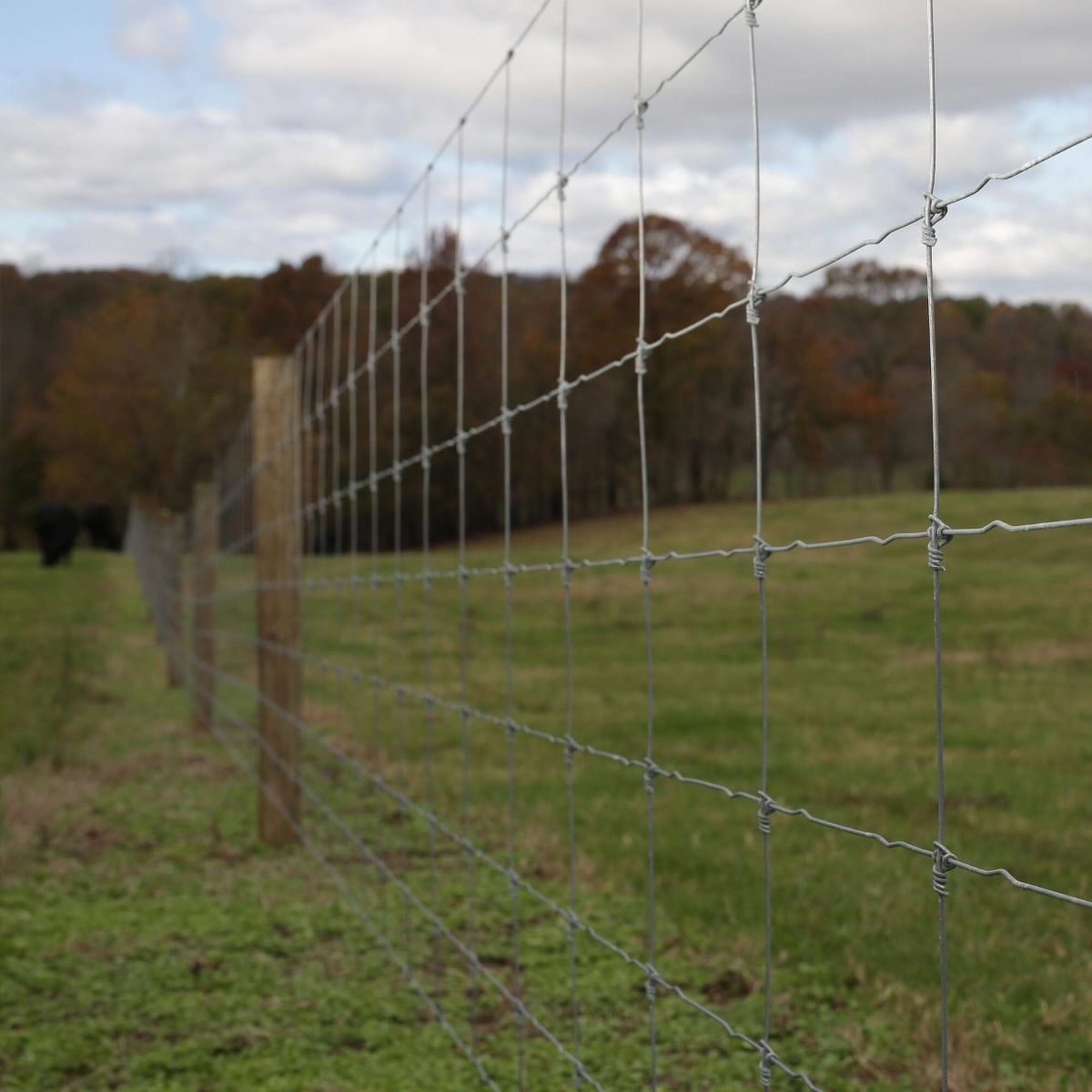
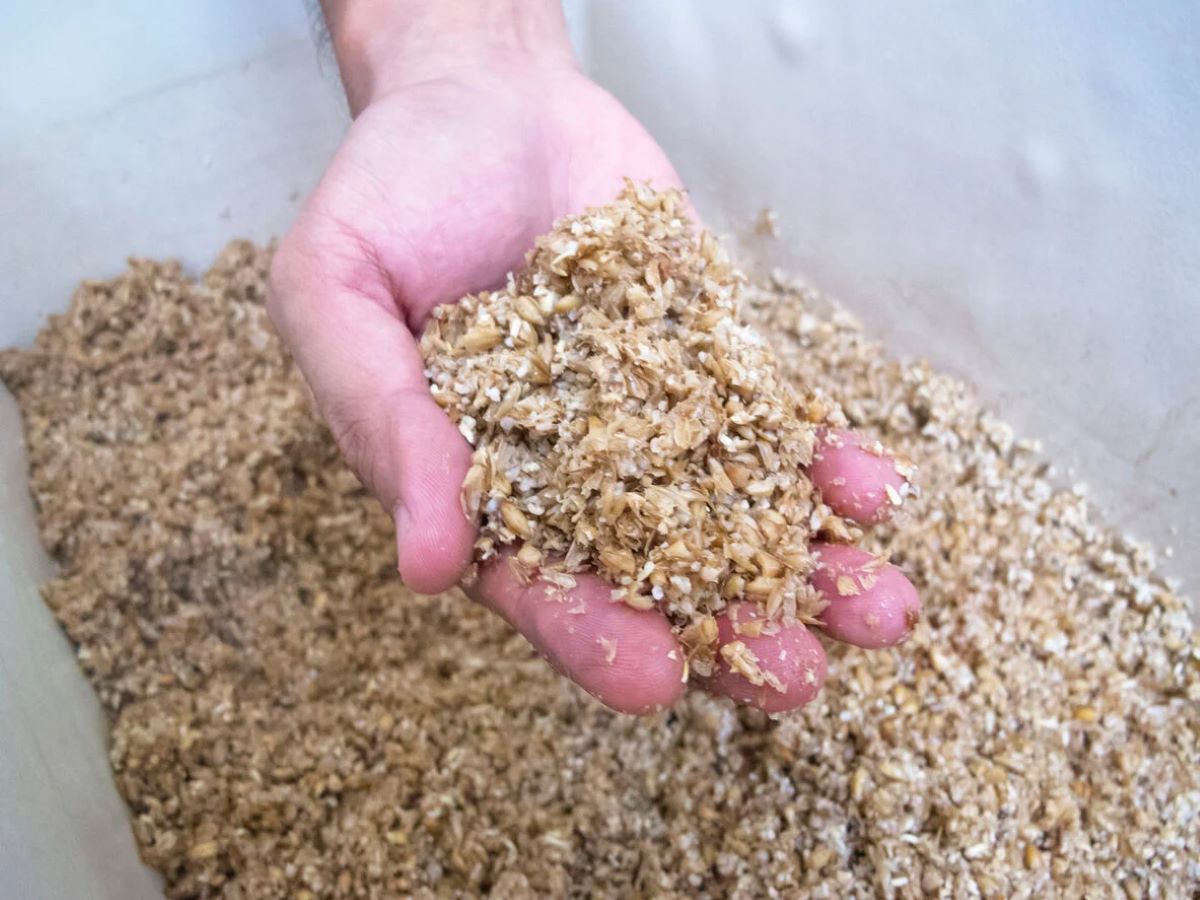

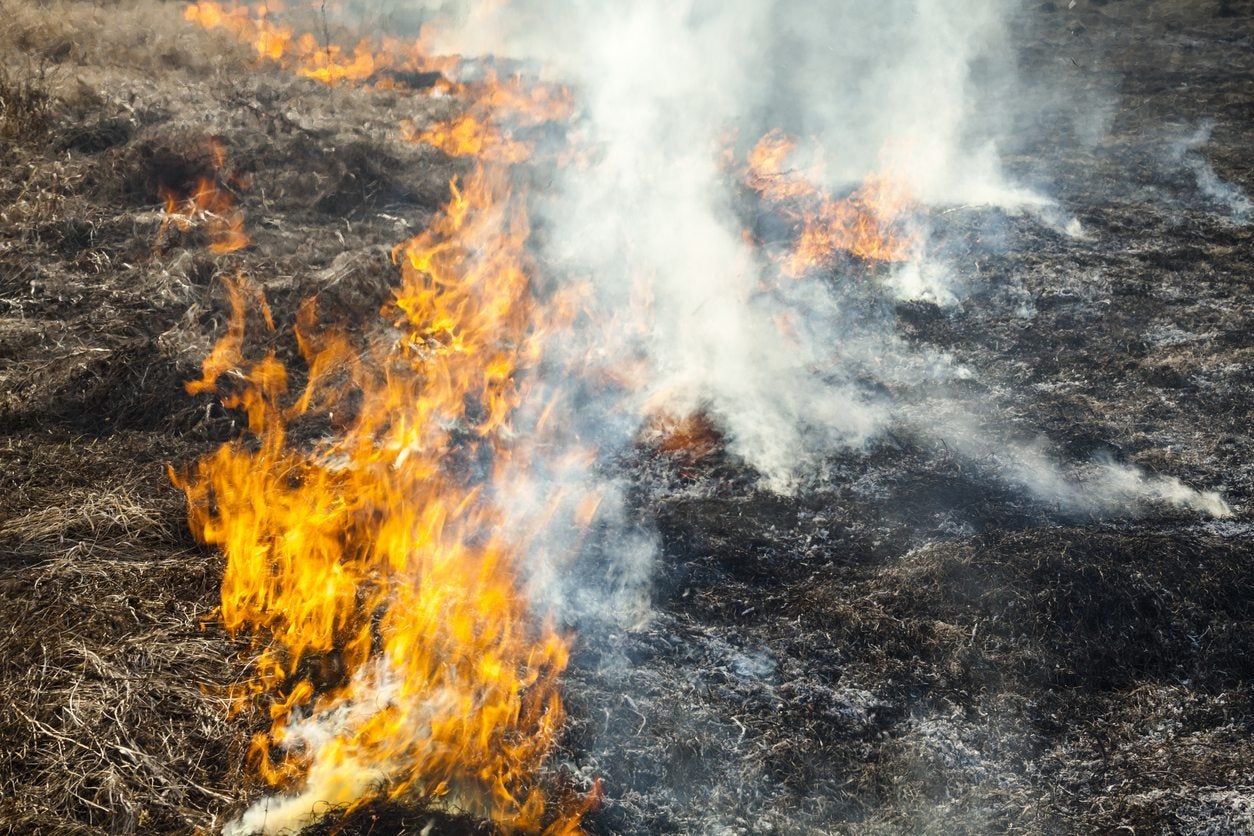
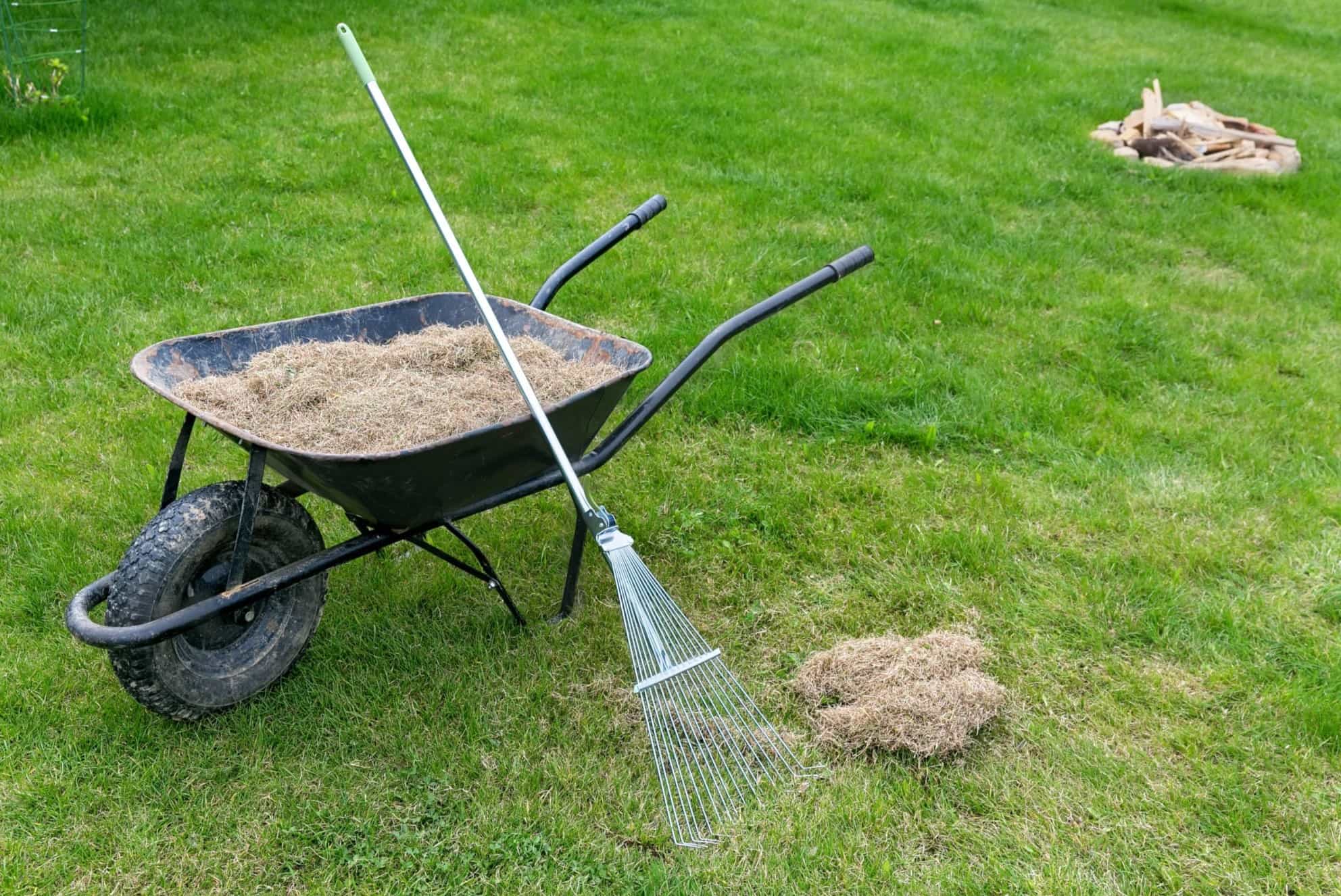

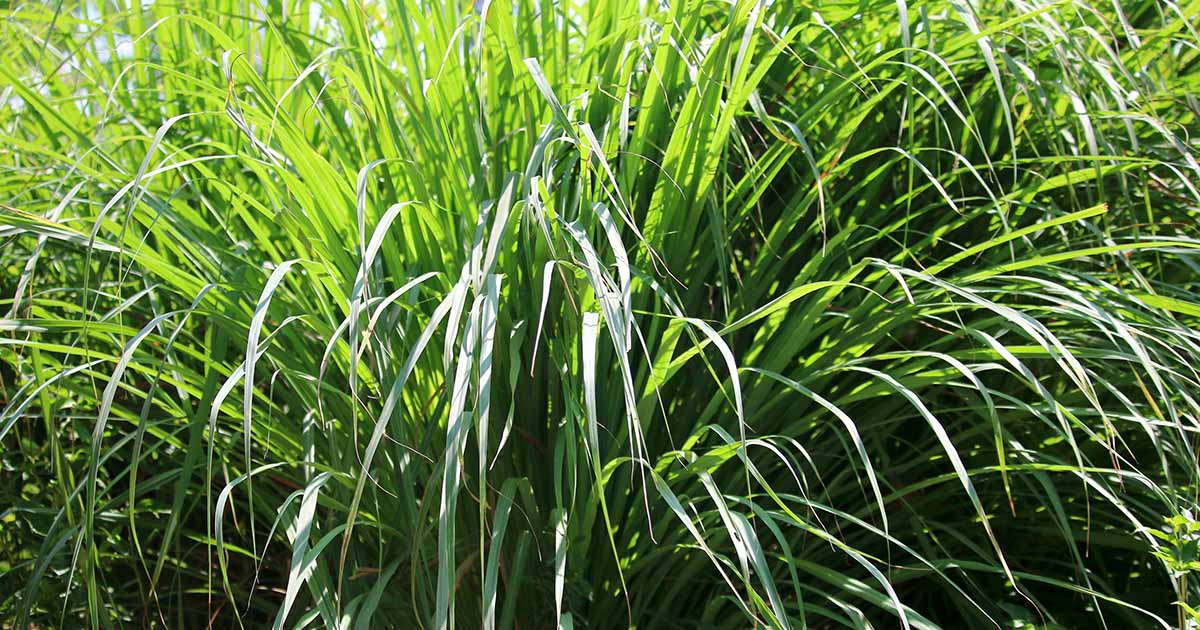





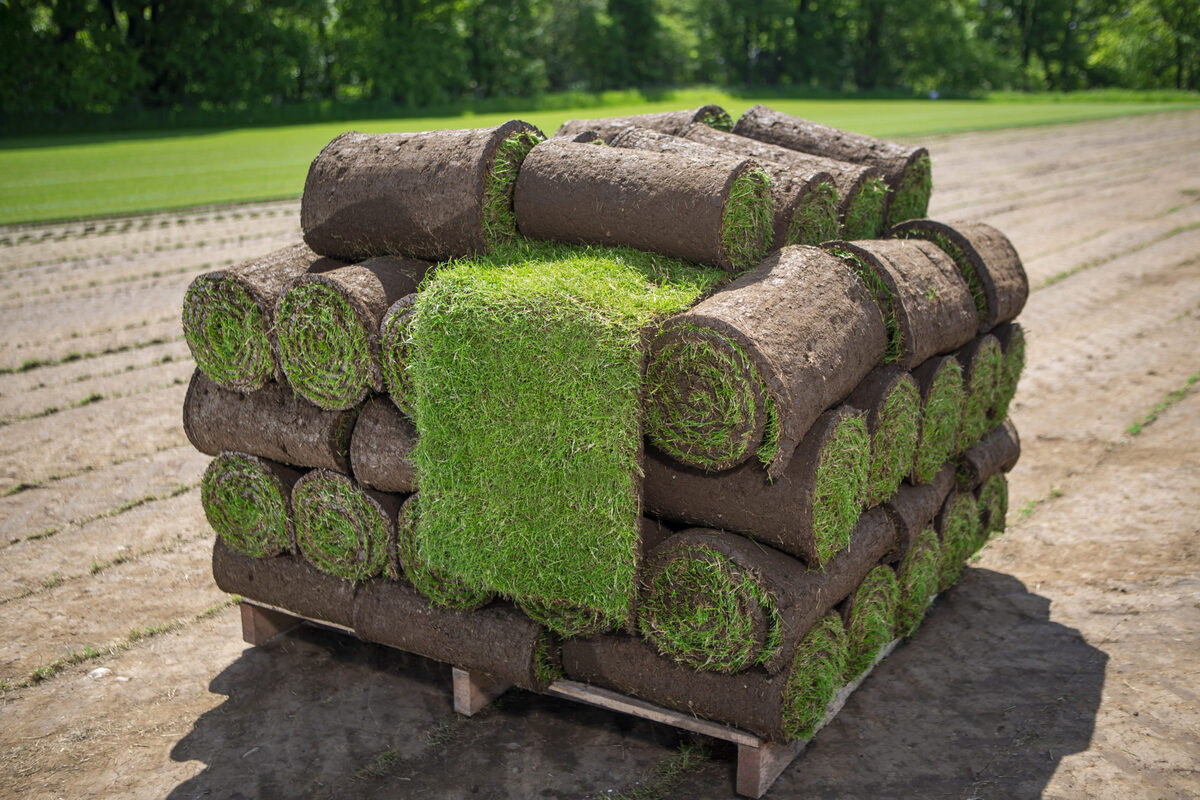


0 thoughts on “How To Fatten Cattle On Grass”